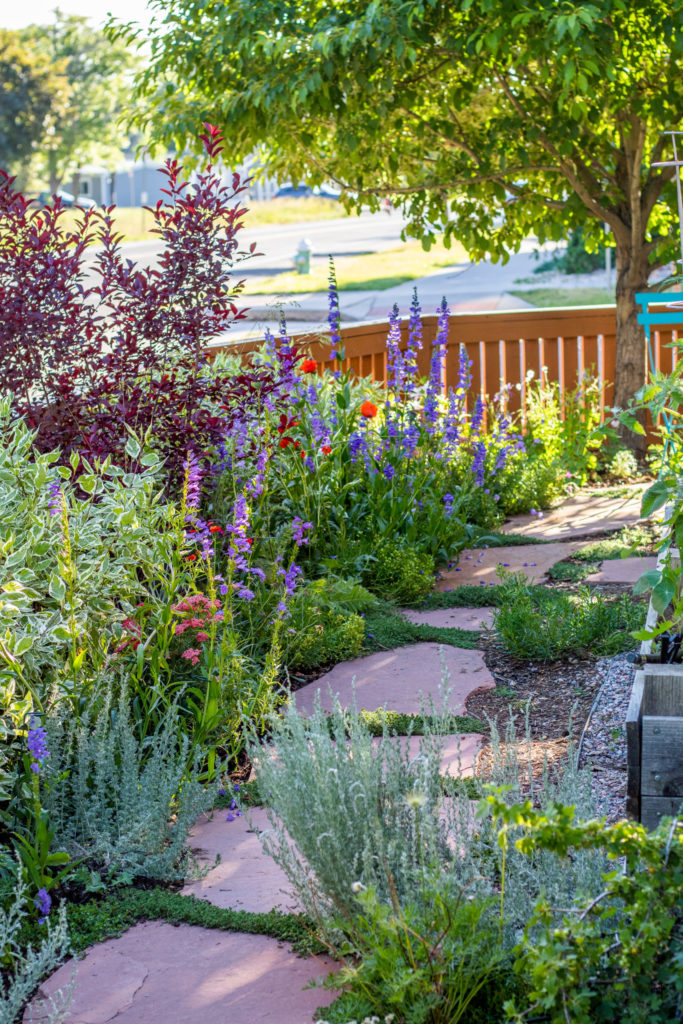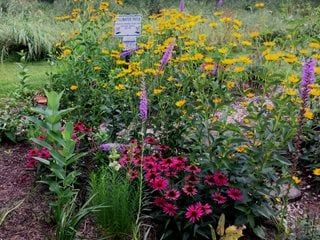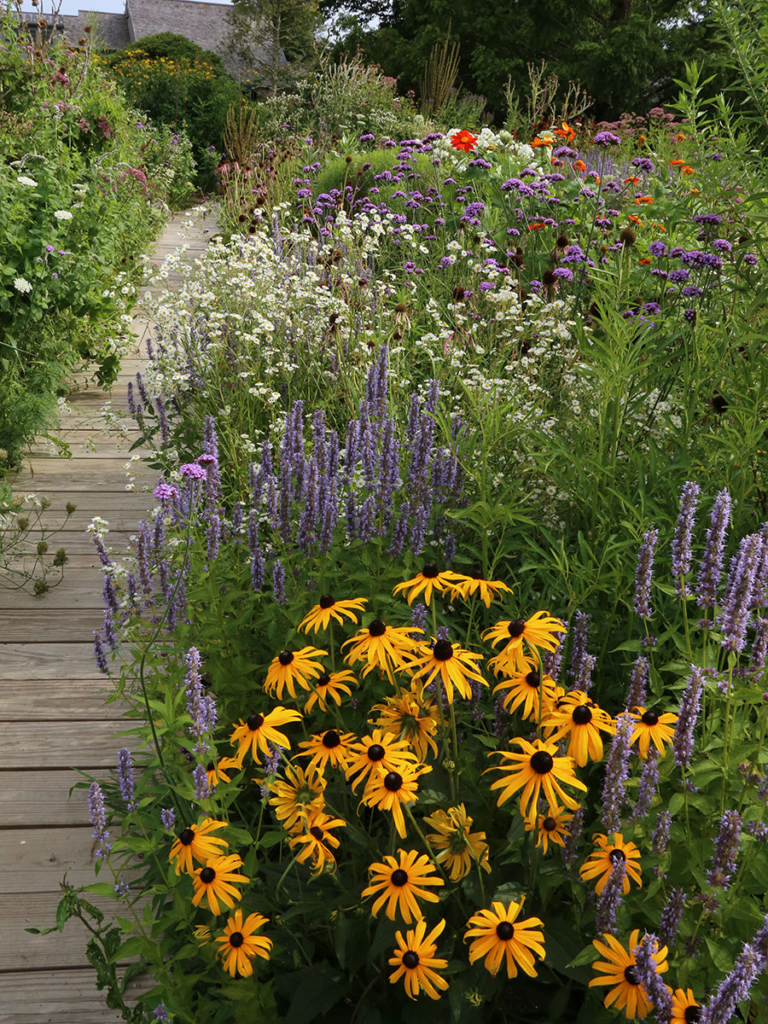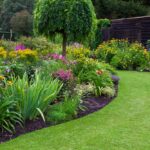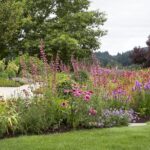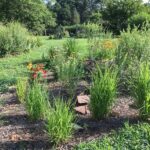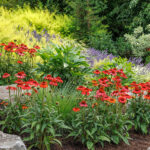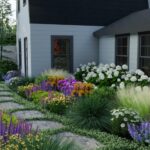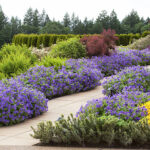Pollinator gardens are becoming increasingly popular among gardeners and landscapers, as they not only add beauty to outdoor spaces but also provide essential habitat for bees, butterflies, hummingbirds, and other important pollinators. Designing a pollinator garden requires careful consideration of plant selection, layout, and maintenance in order to create a welcoming and productive environment for these important creatures.
When designing a pollinator garden, it is important to choose a variety of native plants that will provide nectar and pollen sources throughout the growing season. Different pollinators have different flower preferences, so it is important to select a mix of flowers in various shapes, sizes, and colors to attract a diverse array of species. Popular choices for pollinator-friendly plants include bee balm, coneflowers, milkweed, and lavender.
In addition to plant selection, the layout of a pollinator garden is also critical to its success. Grouping plants together in clusters or drifts can make it easier for pollinators to find and access the flowers they need. Including a mix of tall and short plants, as well as a variety of blooming times, will ensure that pollinators have a continuous food source throughout the season. Adding a water source, such as a birdbath or shallow dish filled with rocks, can also attract pollinators to the garden.
Maintenance is another key aspect of pollinator garden design. Keeping the garden free of pesticides and herbicides is essential, as these chemicals can harm pollinators and other beneficial insects. Regular weeding, watering, and mulching can help keep the garden healthy and thriving, while also reducing competition from invasive species. It is also important to leave some areas of the garden undisturbed, as many pollinators rely on ground-nesting sites for reproduction.
Creating a pollinator garden not only benefits the insects and birds that rely on these plants for food and shelter, but also provides a beautiful and vibrant space for humans to enjoy. Watching butterflies flit from flower to flower or listening to the buzz of bees as they collect pollen can be a rewarding experience for gardeners of all ages. By designing a pollinator garden that meets the needs of these important creatures, we can help support healthy ecosystems and promote biodiversity in our own backyards.
Overall, designing a pollinator garden requires thoughtful planning and consideration of plant selection, layout, and maintenance. By choosing a variety of native plants, creating a welcoming layout, and practicing sustainable gardening techniques, gardeners can create a haven for pollinators in their own yards. With a little effort and creativity, anyone can design a beautiful and productive pollinator garden that benefits both wildlife and people alike.
 yishifashion Where Outdoor Dreams Become Reality
yishifashion Where Outdoor Dreams Become Reality
